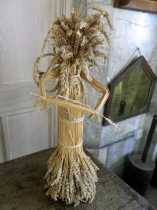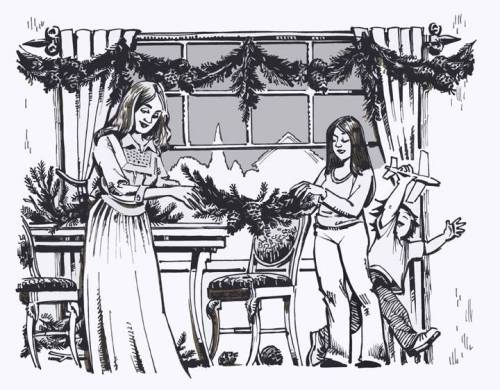
Here's another story of abundance made manifest. When I made the Northern Lights Goddesses Brew, I included dried linden flowers and leaves to honor Frigga. I still had some after making it, and I decided to use some to make a brew specifically for Frigga. The Frigga Brew flavor was linden and vanilla. When it was ready, I raised a toast to Frigga with it. I also brewed tea with the dried linden, and raised a toast to her with hot tea.
Frigga is a mother goddess and the queen of Asgard, but the aspect of her with whom I relate best is her aspect as patroness of fiber art. I first connected with her fiber art aspect while I was spinning at a Renfaire, but after that I have been connecting with her when I do hand embroidery and when I make quilt tops and turn my hand embroidery into finished projects such as bags.
...


















